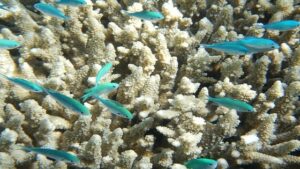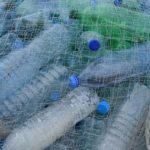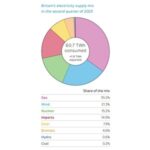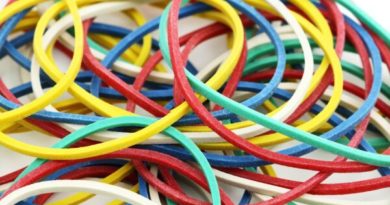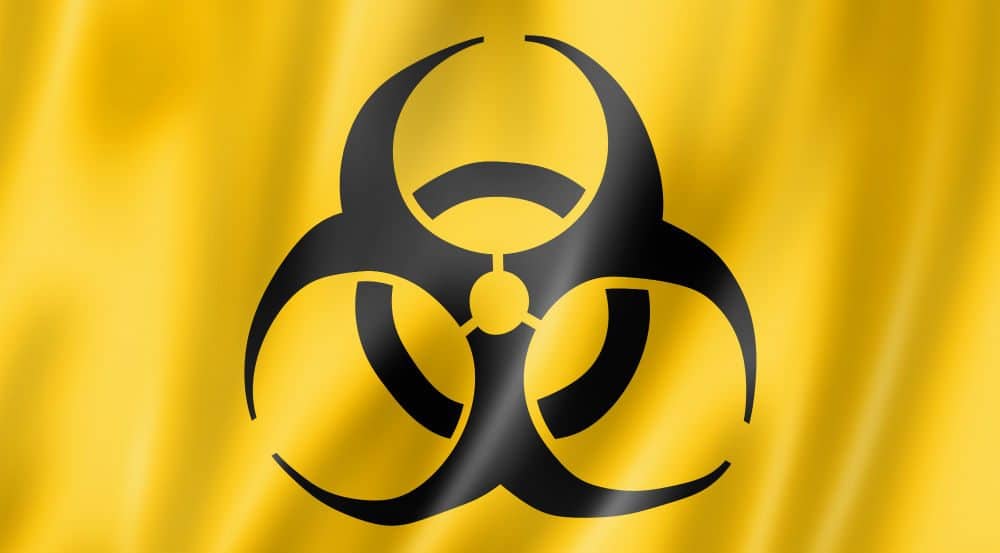What Does Pollution Do To The Great Barrier Reef? 🌊
Energy Disrupter
What Does Pollution Do To The Great Barrier Reef? 🌊: What more can you say about Australia’s Great Barrier Reef?
Considered to be one of the 7 natural wonders of the world, the Great Barrier Reef houses about 10 per cent of all the world’s coral reef, located off the Queensland coast. To add, it is home to more than 1,500 species of fish.
>Download Now: Free PDF Business Owners Guide To General Waste Bin Services
But like other wildlife ecosystems here on Earth, it is at risk because of pollution. In the last 30 years, it already lost half of its coral cover. Additionally, coral bleaching is destroying the underwater ecosystem.
To better understand the current situation in the Great Barrier Reef, let us discuss what pollution specifically does to it.
Read more: See blog on Plastic in the Sea.
A bit about Waster
Before I continue on with the topic about the Great Barrier Reef pollution, let me first discuss with you what Waster is.
Waster is an innovative solution for all your waste management and recycling needs. As a company promoting high-quality services, we offer our services to small and medium Australian businesses.
Waster: For smart businesses.
Click on the blue button below to learn more.
Now, let us continue on with the blog about the Great Barrier Reef pollution.
What does pollution do to the Great Barrier Reef: saving the reef
According to the Queensland museum’s site, the functions of a coral reef include protecting coastlines from strong waves and storms, provides habitats for aquatic wildlife, providing nitrogen and other important nutrients for marine food chains, assist in carbon and nitrogen-fixing, and help with nutrient recycling.
In spite of this, people still find ways to exploit and destroy it.
Having said all of these, let us go further into the topic and see what pollution does to the Great Barrier Reef and what causes it.
Coral bleaching
As you may have read in other articles, one of the most common effects of pollution on the Great Barrier Reef is coral bleaching.
In fact, it has already experienced two major bleaching events in a short span of decades – 1998 and 2002, to be exact.
How does coral bleaching even happen? Let me elaborate.
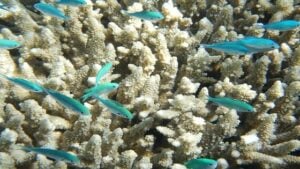



Scientifically speaking, there lives inside corals tiny algae called zooxanthellae. Those algae provide the corals with much of their colour and supply of energy.
Because of the drastic changes in temperature resulting in the warming of the sea, the algae die as a result. Now, what does that mean for the corals?
Corals losing zooxanthellae means that they have already undergone what we all know as “coral bleaching”. Without those algae, the coral tissues become transparent, showing the white coral skeleton beneath it.
Because of this, the coral can die if adverse conditions occur and persist.
In 2016, coral bleaching killed about 29 and 50 per cent of the reef’s coral in the Great Barrier Reef.
Causes of coral bleaching
Only one cause of coral bleaching comes to mind when you truly think about it: global warming. Greenhouse gases emitted by fossil fuel burning have been accumulating for a very long time now.
These gases trap the heat generated by the sun within the Earth’s atmosphere. As a result, land and sea temperature greatly increases.
Farm pollution: the four rivers
According to an article I read at The Guardian, four rivers are mainly responsible for the pollution at the Great Barrier Reef, according to some researchers.
The four rivers are the Burdekin, Fitzroy, Tully, and Daintree rivers.
Farmers certainly have something to do with this. After all, many of them sometimes put too many fertilisers that wash into the rivers.
Additionally, pesticides and herbicides also threaten marine plants and animals in the Reef. They have been detected in high concentrations in inshore areas of the World Heritage Area. When herbicides wash into the Great Barrier Reef, they hinder the growth of plants like seagrasses that dugongs and other fishes eat.
It is stated that most of the pollution that entered the reef was from fertilisers used in sugar cane and other farming and from land clearing, which increases sediment and nutrient runoff into the reef.
But how do these excess fertilisers affect the Great Barrier Reef to consider it destructive? Let me explain further.
Destructive starfishes
The fertilisers I mentioned are all rich in nitrogen. What happens when these nitrogen-rich fertilisers get washed into the Great Barrier Reef?
Answer: destructive starfishes.
The nitrogen from these fertilisers encourages the growth of algae, a food source for the crown of thorns starfish. Consequently, they devour the corals, becoming a huge threat to the Great Barrier Reef.
Read more: See blog on Plastic pollution.
How to help the Great Barrier Reef
In our own little ways, we can help prevent or at least reduce pollution in the Great Barrier Reef, or any other reefs in the world.
Inspired by Reef Teach, here are 10 things you can do to help the Reef.
- Support programmes that aim to restore the Reef by donating, paying visitor fees, etc.
- Teach others about marine life and climate change.
- Follow reef etiquette when diving and snorkelling.
- Reduce, Reuse, and Recycle!
- Help reduce plastic waste. How do you do this? Reduce it by buying in bulk, choosing products with less packaging, and using reusable eco-friendly bags instead of the plastic ones.
- Purchase locally-grown and organic produce whenever possible. Do not buy farm produce that contains pesticides.
- Practice sustainable seafood consumption. Make sure that you buy from fishermen or dealers that do the same as you.
- Save energy in your own homes.
- Use non-toxic household and gardening products.
- Reduce fossil fuel emissions.
What does pollution do to the Great Barrier Reef: Conclusion
Saving the Great Barrier Reef from pollution will prove to be a great challenge, but with the right mindset and actions, it is very much doable!
[embedded content]
Let us do our part in our own little, sustainable ways and save the environment!
Now that you’ve read our blog, check out our pricing and services here at Waster. We promise to effectively manage your waste!
Read more: See blog on what microplastics are.



